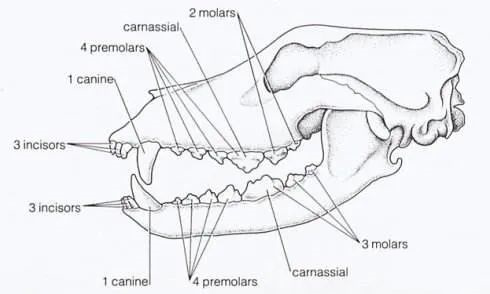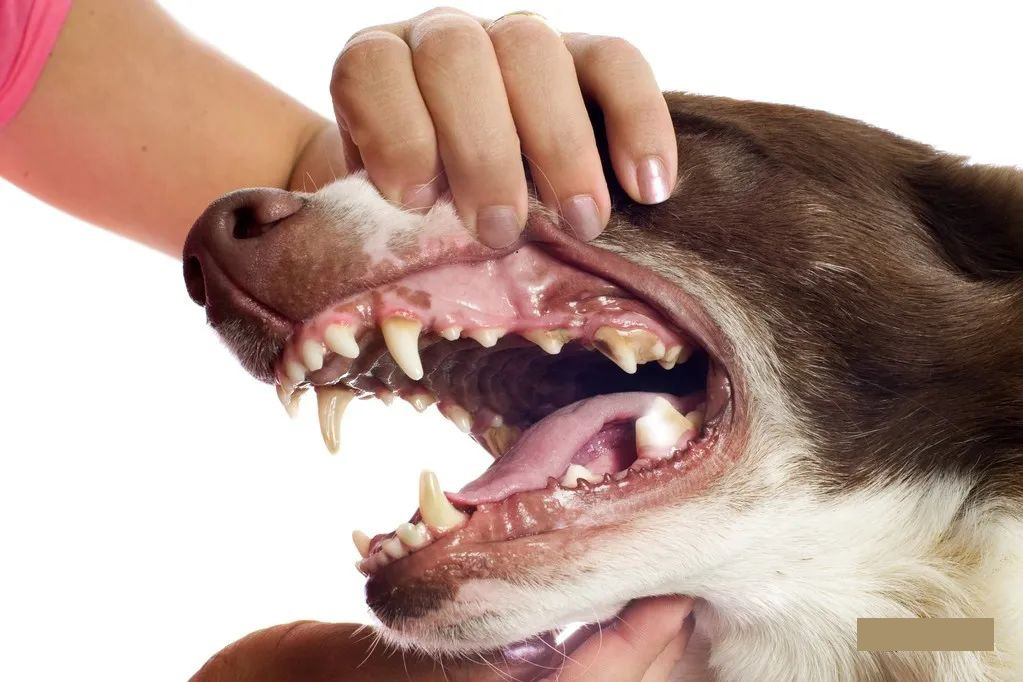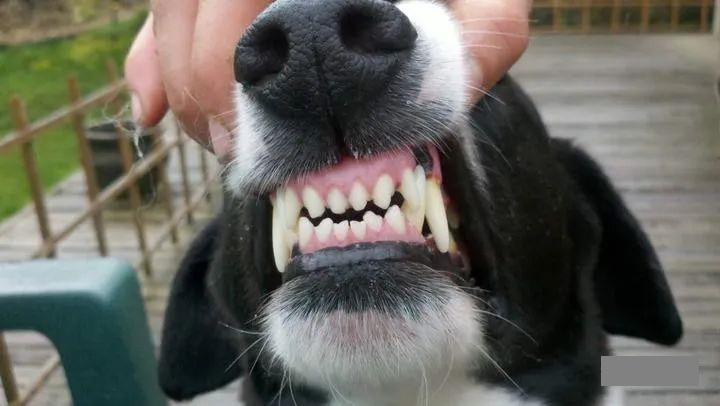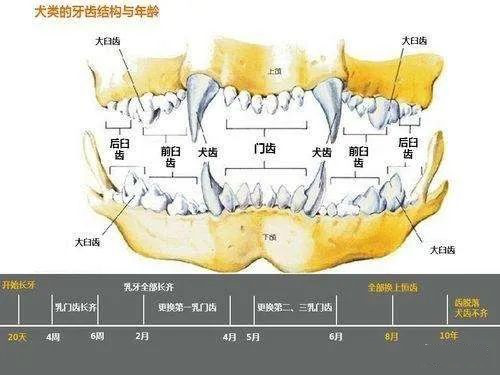Many friends’ cats and dogs are not raised from a young age, so they really want to know how old they are? Is it eating food for kittens and puppies? Or eat adult dog and cat food? Even if you buy a pet from a young age, you still wonder how old the pet is, is it 2 months or 3 months old? In hospitals, we usually use teeth to preliminarily determine the age of pets.
Teeth have significant differences depending on the food they eat and their feeding habits, as well as the amount of teeth grinding toys and snacks used. Therefore, generally speaking, they are relatively accurate for puppies and kittens, while for adult dogs, the deviation may be significant. Of course, the so-called deviation is also moderate. It is common for a 5-year-old dog to eat bones and have teeth that wear and tear the same as a 10-year-old dog, but you cannot encounter a 10-year-old dog with teeth that are the same as a 5-year-old dog. I once encountered a pet owner who brought a golden haired pet that claimed to be 17 years old. That was a great thing, and it was necessary to determine its age and physical condition for treatment. Opening its mouth to see its teeth, it was estimated that it was only 7 years old. Did I remember the age of its grandparents incorrectly?
Of course, observing teeth during childhood can also reveal many diseases of pets, such as calcium deficiency and double row teeth. So it is important to learn how to observe the development of teeth, determine their age and health.
Dogs begin to develop deciduous teeth from 19 to 20 days after birth; At 4-5 weeks old, the first and second breast incisors are of equal length (incisors); At 5-6 weeks of age, the third cutting tooth is of equal length; For 8-week-old puppies, all breast incisors are fully grown, and the breast teeth are white and thin and sharp;
During the 2-4 months after birth, dogs gradually replace their deciduous teeth, shedding and growing new incisors from the first incisor; Starting from the age of 5-6 months, replace the second and third incisors and canines; At the age of 8-12 months, all molars are replaced with permanent teeth (permanent teeth). The permanent teeth are white and shiny, and the incisors have pointed protrusions. If yellow appears, it indicates tartar;
When a dog is 1.5 to 2 years old, the large peak of the first mandibular incisor (front tooth) wears out and is flush with the small peak, which is called peak wear out; At the age of 2.5, the peak of the second mandibular incisor (middle tooth) is worn out; At the age of 3.5, the peak of the maxillary incisors is worn out; At the age of 4.5, the peak of the middle maxillary tooth is worn out; The teenage years of dogs come to an end, and the changes in teeth during this period are not as affected by age factors as the food they eat, so they are gradually becoming inaccurate.
Starting from the age of 5, the third incisor and canine tip on the lower forehead are slightly worn (not flattened), and the first and second incisors are rectangular in shape; At the age of 6, the peak of the third maxillary incisor is slightly worn, and the canine teeth are blunt and round; At the age of 7, the mandibular incisors of large dogs are worn to the root, with a longitudinal elliptical surface; At the age of 8, the large dog’s mandibular incisors are worn and tilted forward; At the age of 10, the wear surface of the mandibular second incisor and maxillary incisor is longitudinally elliptical; Large dogs generally have a lifespan of 10-12 years and rarely experience tooth loss, usually due to severe wear and tear;
At the age of 16, a small dog has a long lifespan, or rather a standard elderly dog with missing incisors, incomplete canine teeth, and the most common uneven yellow teeth; At the age of 20, the canine teeth fell off and there were almost no teeth in the oral cavity. Eating was mainly liquid food.
Compared to dogs often grinding their teeth on hard objects, which makes it difficult to determine age due to tooth wear, cats’ teeth grow regularly and can almost be used as the best criterion for judging age.
The canine teeth of cats are relatively long, strong and sharp, with a root and tip. When the oral cavity is closed, the upper canine teeth are located on the posterior outer side of the lower canine teeth. There is a gap behind the canine teeth, which is the anterior molar. The first premolar is relatively small, the second premolar is larger, and the third premolar is the largest. Both the upper and lower premolars have four tooth tips, with the middle tooth tip being larger and sharp, which can tear flesh. Therefore, it is also called a cleft tooth.
Post time: Apr-14-2023




